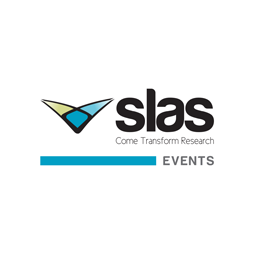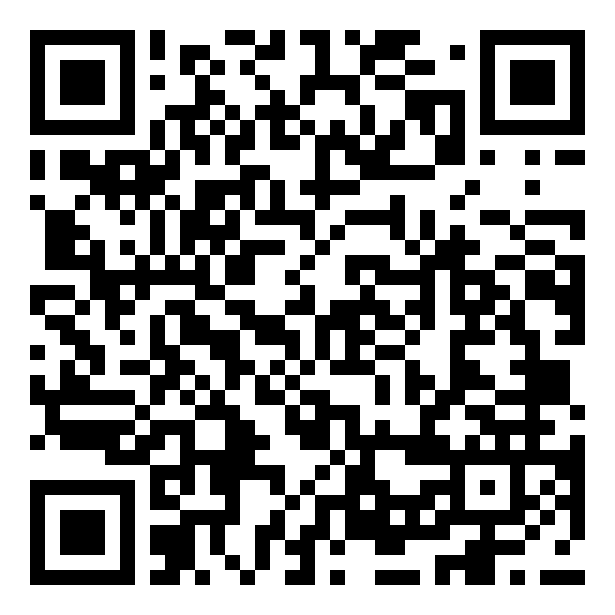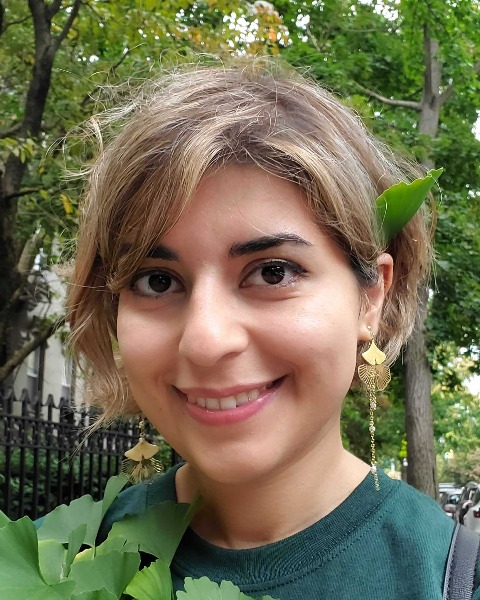Back

 View Leader Board
View Leader Board



Automation Technologies
Rapid development of therapeutics and industrial products on integrated automated systems through modular, interacting intent and execution systems

Yasamin Jodat, PhD
Automation Engineer III
Ginkgo Bioworks
Allston, MA, United States
Primary Author - December Poster(s)
Advances in the technologies for reading and writing the genomes of living cells have ushered in unparalleled opportunities for design and production of mammalian and microbial cells. However, effective development of the engineered cells into economically viable products highly relies on the scalability, reproducibility and accuracy of characterization and production units. Over the past decade, laboratory automation has grown rapidly from ad-hoc device-based solutions to integrated service-based architectures and robotics that can perform a wide range of biological protocols, therefore enabling the scaling of complex cell engineering workflows to a level beyond physical human capacity. Examples of these platforms include cloud-based protocol definition services, elaborate multi-component multi-functional liquid handling units and multiplex analytic devices. While the ultimate goal of these systems is to reach full orchestration between the intent, execution and record (IER) modules of a biological workflow, scalability and flexibility of these systems have been hampered by the inherent complexities of biological protocols and variability in software modalities. Here, we discuss our approach to a custom and modular platform that enables flexibility in design, deployment and operation of multi-purpose integrated systems and highlight the applications of this infrastructure in rapid onboarding of diverse cell and gene engineering services. By defining generic protocol translators and high-level service modules, the platform is able to accommodate rapidly evolving protocols, biological constraints and diversified device sets. Moreover, we discuss current industry-wide challenges that arise at different stages of IER implementation and explore the capabilities of our platform in addressing some of these challenges, namely, reusable intent language modules, optimal integration of non-standardized software interfaces and strategic resource allocation. Such platforms can broaden the applicability of integrated software and robotic systems to rapid development and testing of a diverse mix of therapeutics and industrial products.
 View Leader Board
View Leader Board
Your Points: 0
Scan and Win! Complete as many scavenger hunt questions as possible. You will find scavenger hunt QR Codes to scan on participating posters. Each participating poster in the exhibit hall will have a QR code next to it. For virtual participants, look for the scavenger hunt icon for participating posters.
SLAS Events

Instructions
Each poster participating in the scavenger hunt will have a SCAVENGER HUNT QR code. When that QR code is scanned using the SLAS2022 app, question about the poster will appear. You must answer the question correctly to collect points. BE SURE TO EXPLORE THE POSTER BEFORE SCANNING THE CODE! SLAS will award three prizes to the participants with the most points.
1st Prize - Comp Reg + Hotel/Airfare to SLAS2023 in San Diego
2nd Prize - $50 Starbucks Gift Card
3Rd Prize - $25 AMEX Gift Card
Keep an eye on the leader boards to see who’s at the TOP. Winners will be announced after SLAS2022.
Each participating poster in the exhibit hall will have a QR code next to it. For virtual participants, look for the scavenger hunt icon for participating posters.
1st Prize - Comp Reg + Hotel/Airfare to SLAS2023 in San Diego
2nd Prize - $50 Starbucks Gift Card
3Rd Prize - $25 AMEX Gift Card
Keep an eye on the leader boards to see who’s at the TOP. Winners will be announced after SLAS2022.
Each participating poster in the exhibit hall will have a QR code next to it. For virtual participants, look for the scavenger hunt icon for participating posters.
